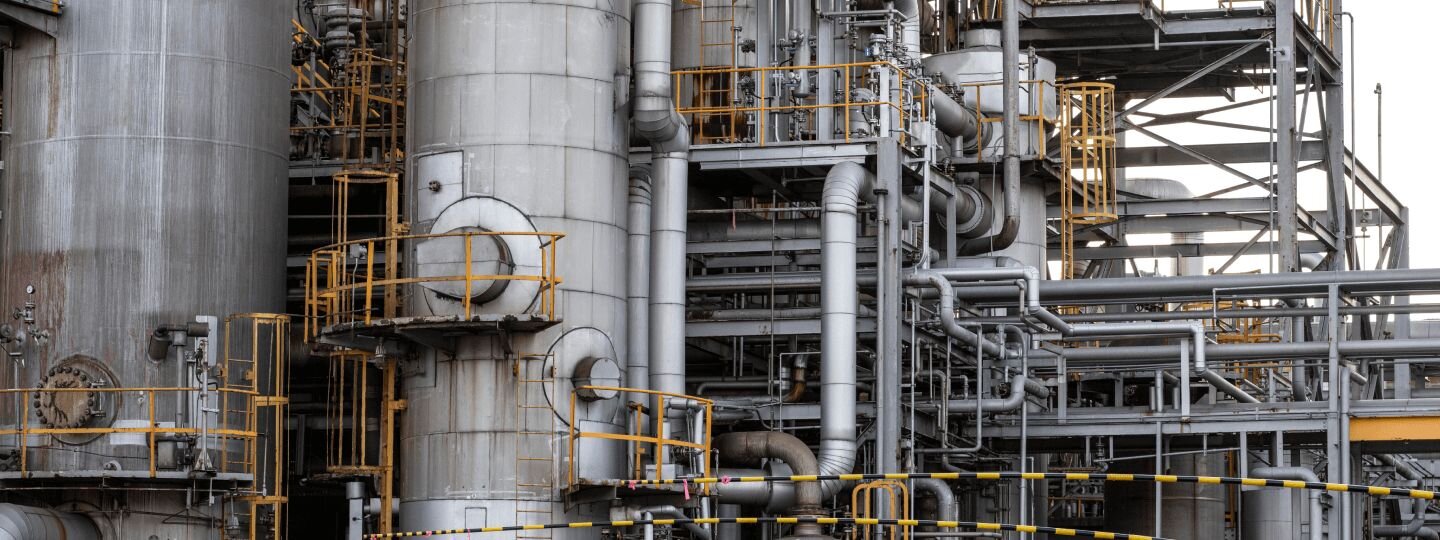
Harsh Environment Solution - ACB
The Impact of Corrosive Environments on Electrical Equipment
In the industrial sector, the integrity of electrical equipment is paramount for maintaining operational efficiency and safety. However, corrosive environments pose a significant threat to the longevity and functionality of these vital components. Understanding the unique challenges posed by such conditions, particularly within the diverse and demanding Indian landscape, Lauritz Knudsen Electrical and Automation has developed solutions tailored to meet these specific needs.
The Challenge of Corrosive Environments
Corrosion, the gradual deterioration of materials due to chemical reactions with their surroundings, is a pervasive issue in industrial settings. It is especially problematic in environments containing acid gases like sulphur dioxide (SO2) and hydrogen sulphide (H2S). These gases are prevalent in industries such as petroleum refineries, paper mills, water treatment plants, and chemical manufacturing facilities.
A primary concern with these gases is their interaction with silver-plated electrical components. Silver is a common material used in electrical contacts due to its excellent conductivity. However, when exposed to sulphur-rich environments, silver can rapidly tarnish, forming a non-conductive layer of silver sulphide (Ag2S). This blackening not only mars the appearance of the components but also leads to severe functional issues.
Consequences of Sulphur-Induced Corrosion
The formation of silver sulphide on electrical contacts significantly increases contact resistance. This higher resistance can cause abnormal temperature rises at the contact points, leading to overheating and potentially catastrophic failures such as flashovers. Additionally, the sulphurization process can produce dangerous filament-like structures known as whiskers, which further compromise the safety and reliability of electrical systems.
In an industrial context, the effects of corrosion manifest as:
Lauritz Knudsen’s Corrosion-Resistant Solutions
Recognising the critical need for robust electrical equipment in sulphur-rich environments, Lauritz Knudsen Electrical and Automation has engineered the C-Power breakers and FN SDF with advanced corrosion protection. These products are specifically designed to withstand the harsh conditions prevalent in many Indian industrial settings.
If your installation falls in the Environment category 3C3 or 3C4, we strongly recommend our HE range of C-POWER breakers and FN S-D-F.
C-Power Breakers and FN SDF: Key Features
Addressing Indian Industrial Needs
India’s diverse industrial landscape, encompassing everything from coastal refineries to inland chemical plants, presents unique challenges for electrical equipment. High humidity levels, combined with the presence of corrosive gases, create a particularly hostile environment for electrical systems.
Lauritz Knudsen’s expertise in understanding these specific conditions has led to the development of solutions that are not only technically advanced but also tailored to the practical needs of Indian industries. By focusing on the local environmental factors and operational requirements, LK provides products that deliver unmatched reliability and safety.
Conclusion
The impact of corrosive environments on electrical equipment cannot be overstated. Sulphur-induced corrosion is a pervasive issue that compromises safety, increases maintenance costs, and shortens the lifespan of critical components. Lauritz Knudsen Electrical and Automation, with its deep understanding of the Indian industrial landscape, addresses these challenges head-on with the C-Power breakers and FN SDF. These solutions offer robust protection against corrosive gases, ensuring that electrical systems remain safe, reliable, and efficient even in the most demanding conditions.
For industries striving to maintain operational excellence in corrosive environments, Lauritz Knudsen’s corrosion-resistant products are the ultimate choice, providing peace of mind and long-term performance.
Assistance Required?
Select an option to Contact Us